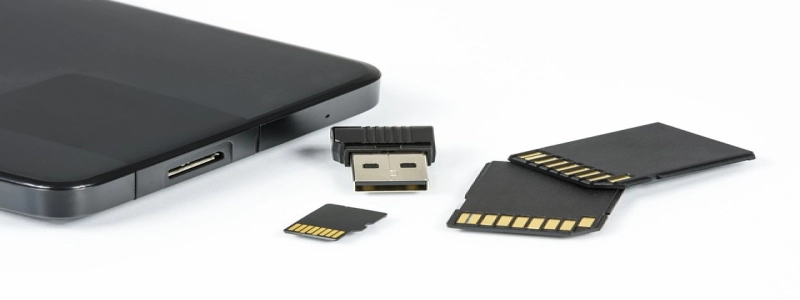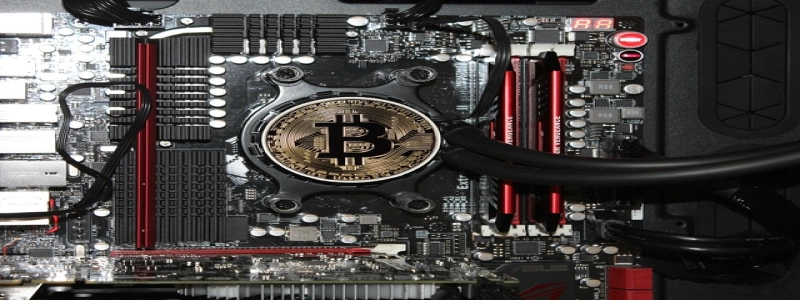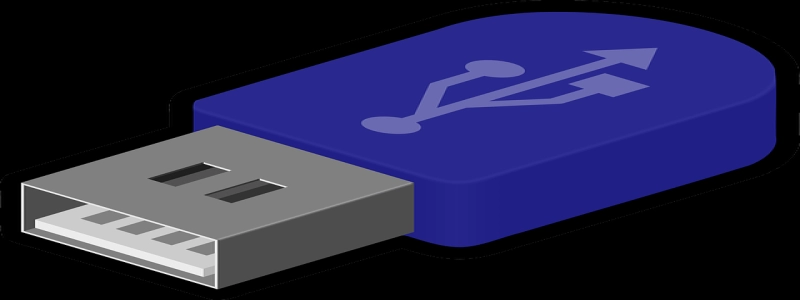Splitter vs Switch Ethernet
I. Introduction
A. Definition of Ethernet
B. Need for Ethernet Splitter and Switch
II. Ethernet Splitter
A. Definition and Function
B. Benefits of Using a Splitter
C. Downsides of Using a Splitter
III. Ethernet Switch
A. Definition and Function
B. Advantages of Using a Switch
C. Disadvantages of Using a Switch
IV. Comparing Splitter and Switch Ethernet
A. Speed and Performance
B. Network Segmentation
C. Cost-effectiveness
D. Scalability
V. Conclusion
I. Introduction
Ethernet is a widely used technology for connecting devices within a local area network (LAN). To facilitate efficient network connectivity, two common devices are often used: Ethernet splitters and Ethernet switches. This article will delve into the differences between these two devices and highlight their respective advantages and drawbacks.
II. Ethernet Splitter
A. Definition and Function
An Ethernet splitter is a simple device that allows multiple devices to share a single Ethernet cable. It splits the Ethernet signal into two or more output ports, enabling multiple devices to communicate with the network simultaneously.
B. Benefits of Using a Splitter
Using an Ethernet splitter has its advantages. Firstly, it is a cost-effective solution for small-scale networks with minimal devices. Additionally, splitters are easy to install and require no additional power source. They are also compatible with most Ethernet devices, making them a convenient choice for basic network setups.
C. Downsides of Using a Splitter
However, Ethernet splitters also have downsides. Splitters do not offer network isolation, meaning that any data transmitted by one device can be detected by other devices connected to the splitter. This lack of privacy and security can be a concern in certain network environments. Moreover, as the number of devices connected to the splitter increases, the overall network performance may degrade due to limited bandwidth allocation.
III. Ethernet Switch
A. Definition and Function
An Ethernet switch is a more sophisticated device designed to connect multiple devices in a LAN. It receives and forwards data packets between various devices, allowing them to communicate efficiently.
B. Advantages of Using a Switch
Ethernet switches offer several advantages over splitters. Firstly, switches provide dedicated bandwidth to each connected device, resulting in better overall network performance. They also offer network segmentation, which provides enhanced privacy and security by isolating different segments within a LAN. Additionally, switches are highly scalable and can accommodate a large number of devices, making them suitable for growing networks.
C. Disadvantages of Using a Switch
Despite its benefits, an Ethernet switch has a few drawbacks. Switches are generally more expensive than splitters, making them less cost-effective for small-scale networks. They also require an external power source, adding to the complexity of installation. Finally, switches may require some configuration and management to optimize performance, which might be a challenge for users with limited technical expertise.
IV. Comparing Splitter and Switch Ethernet
A. Speed and Performance
Ethernet switches outperform splitters in terms of speed and performance. While splitters divide the network bandwidth among connected devices, switches provide dedicated bandwidth to each device, resulting in faster data transmission and reduced network congestion.
B. Network Segmentation
Ethernet switches offer network segmentation by creating separate virtual LANs (VLANs) within a network. This feature enhances privacy and security by isolating devices within specific VLANs, preventing unauthorized access to sensitive data. Splitters lack this capability, making them less suitable for environments that require strict network segmentation.
C. Cost-effectiveness
Ethernet splitters are more cost-effective than switches for small-scale networks with a limited number of devices. However, as the network grows and more devices are added, switches become a more economical choice due to their scalability and superior performance.
D. Scalability
Ethernet switches are highly scalable and can accommodate a large number of devices. As the number of devices in a network increases, switches ensure efficient communication and prevent degradation in network performance. Splitters, on the other hand, may struggle to handle a significant number of devices due to bandwidth limitations.
V. Conclusion
In summary, Ethernet splitters and switches offer distinct advantages and disadvantages in different network scenarios. Splitters are a cost-effective option for small-scale networks but lack network segmentation and may suffer from performance issues with an increasing number of connected devices. Ethernet switches provide better performance, network segmentation, and scalability, but their higher cost and configuration requirements may be better suited for larger networks.








